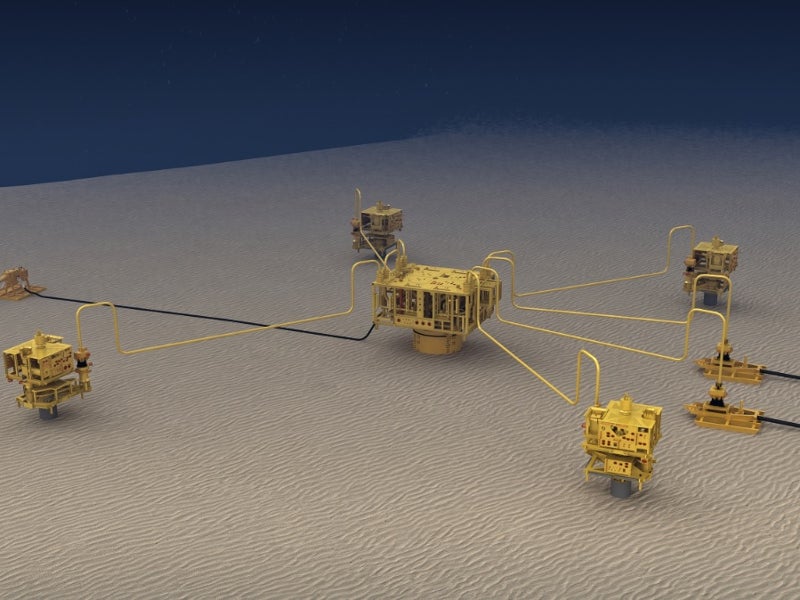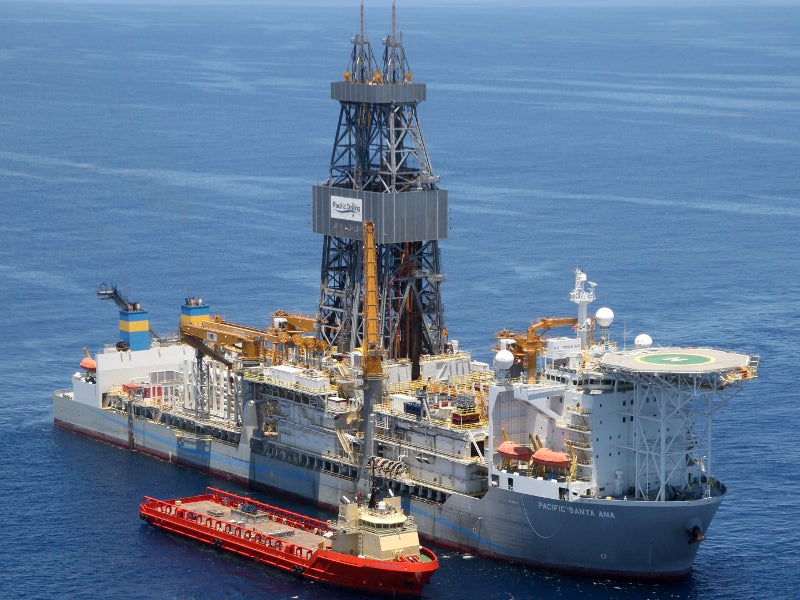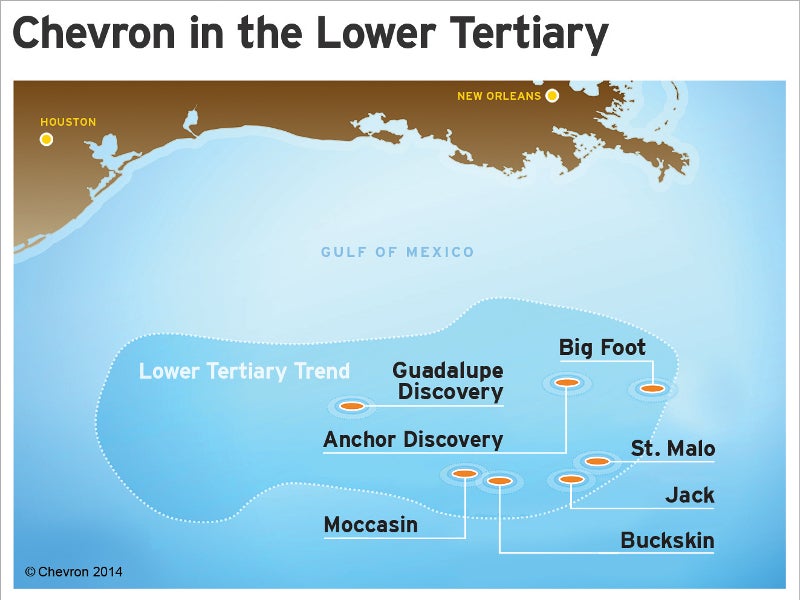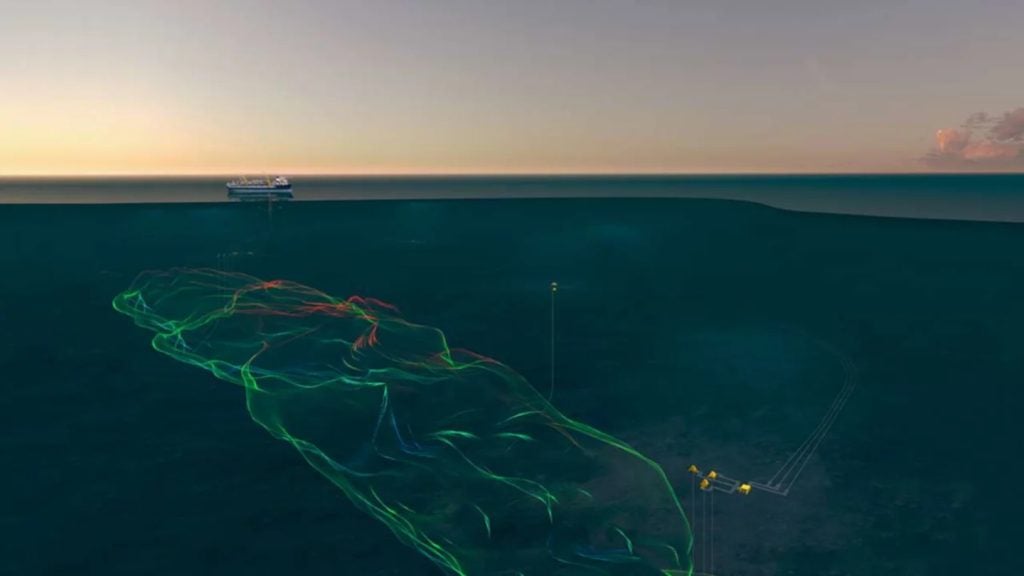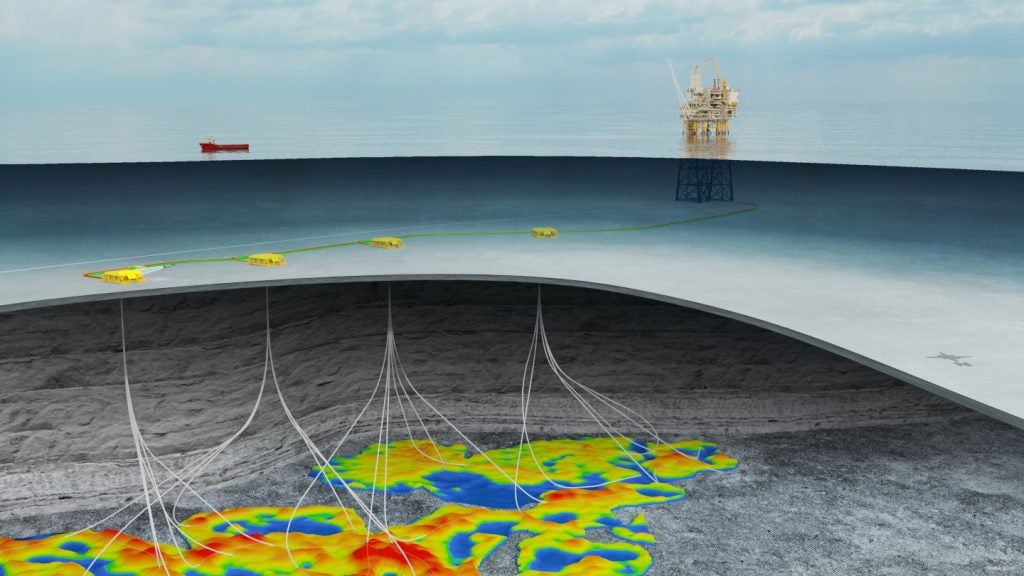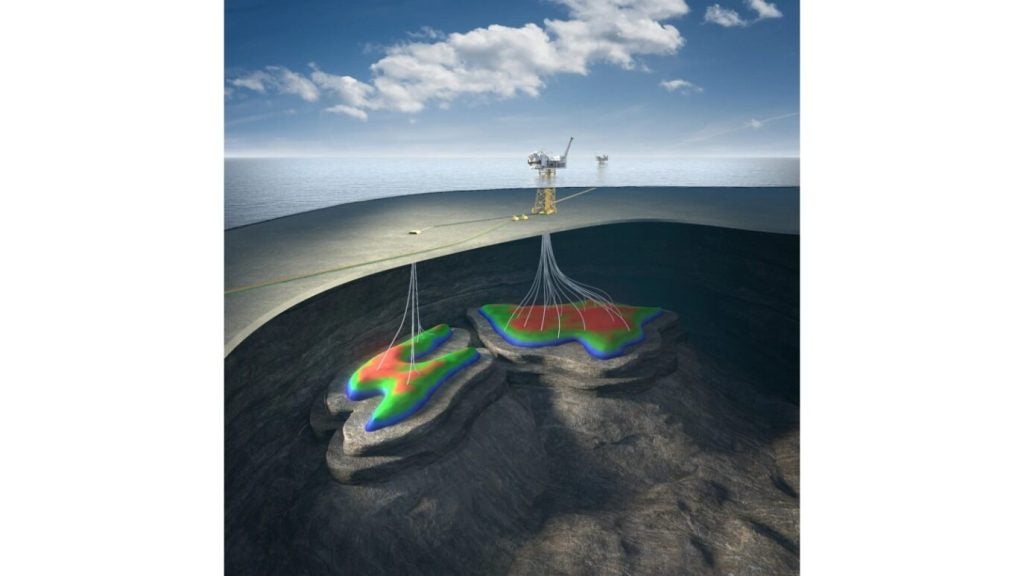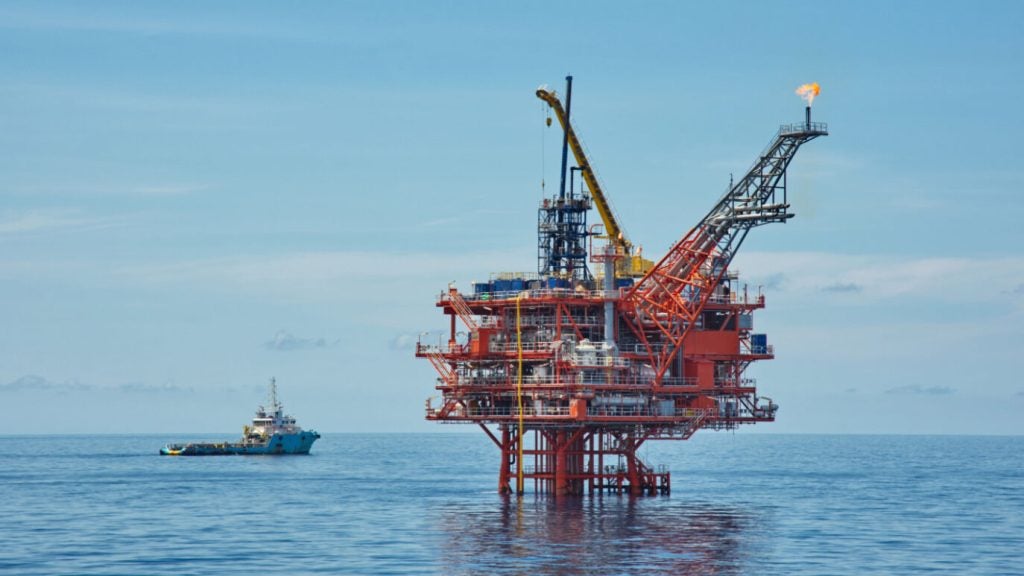Anchor is a deepwater, high-pressure oil and gas field located at a water depth of 1,524m (5,000ft) in the Green Canyon area, approximately 140 miles offshore Louisiana, in the US Gulf of Mexico.
Anchor oil and gas field is jointly owned by Chevron USA (62.86%, operator) and Total E&P USA (37.14%). The final investment decision (FID) for the development of the field was taken in December 2019.
The initial development of the field is estimated to require an investment of approximately $5.7bn and the first production is expected in 2024.
The total recoverable resources of the field are estimated to be more than 440 million barrels.
Anchor oil and gas field discovery and acquisition
The Anchor offshore field was discovered in 2014 by drilling the discovery well, named Anchor-2, in 1,579m (5,180ft) deep waters in Green Canyon Block 807.
The discovery well encountered 210m (690ft) of net oil pay in the field
At the time of discovery, the Anchor Prospect was owned by Chevron USA (55%, operator), along with Cobalt International Energy (20%), Samson Offshore Anchor (12.5%), and Venari Resources (12.5%).
Total E&P USA acquired the interests held by Samson Offshore Anchor and Cobalt International Energy in the Anchor discovery to increase its footprint in the US Gulf of Mexico.
Anchor offshore field appraisal
Appraisal drilling at the Anchor offshore project began in June 2015. The appraisal well encountered 211m (694ft) of net oil pay. Hydrocarbon reserves were confirmed in the Lower Tertiary Wilcox reservoirs at the Anchor discovery at approximately 594m. Deepwater Asgard vessel was employed to drill the appraisal well.
Additional prospects have been identified around the discovery, which further enhances the potential of the asset.
Anchor oil and gas field development details
The Anchor field will be developed in various stages. The first stage comprises the development of seven subsea wells, which will be connected to a semi-submersible floating production facility that will have the production capacity of 75,000 barrels of crude oil per day (bopd) and 28 million cubic feet (mcf) of natural gas a day.
High-pressure technologies capable of handling 20,000 pounds per square inch (psi) pressure, developed by Total, will be used for the project.
The subsea development will include the installation of vertical monobore production trees, 20,000psi-rated multiphase flowmeters, production manifolds, 16,500psi-rated integrated manifold multiphase pump station, and subsea controls and distribution system.
Contractors involved
Drilling vessel for the discovery well drilling was supplied by Pacific Drilling, while that for the appraisal well drilling was provided by Transocean.
Onesubsea, a subsidiary of Schlumberger, received an engineering, procurement and construction (EPC) contract for supplying an integrated subsea production and multi-phase boosting system in 2019. The equipment will be covered under a 20-year subsea equipment and services agreement.
Total’s operations in the US Gulf of Mexico
Total has substantially increased its acreage in the US Gulf of Mexico over the years. Besides the development of the Anchor discovery, the company operates the deepwater, high-pressure North Platte Discovery with 60% working interest at a water depth of 1,300m, offshore Louisiana, in the Garden Banks area. The field is expected to produce 75,000bopd.
The company holds 40% working interest in the Ballymore prospect, a deepwater discovery which includes seven prospects in the Norphlet (Eastern Gulf of Mexico) and the Wilcox (Central Gulf of Mexico). It has a working interest in 109 exploration licenses as well as in the producing Jack (25%) and Tahiti (17%) fields in the US Gulf of Mexico.

